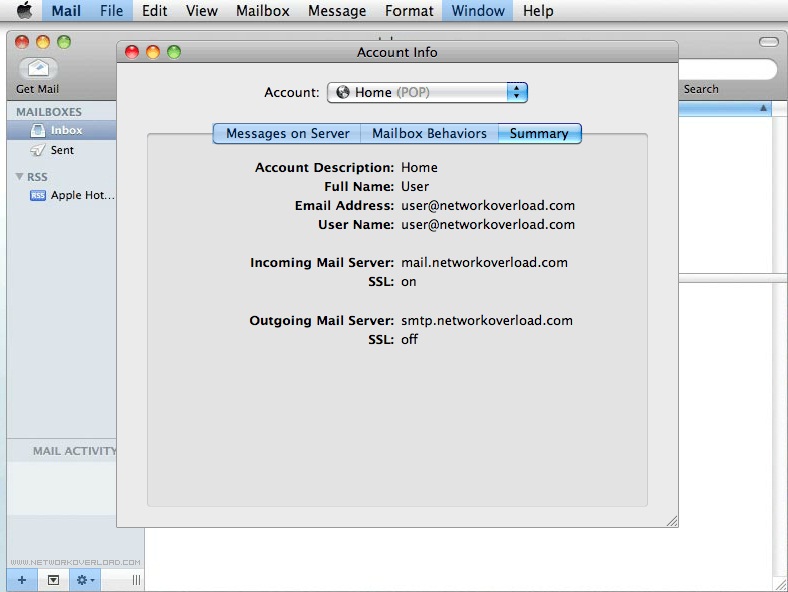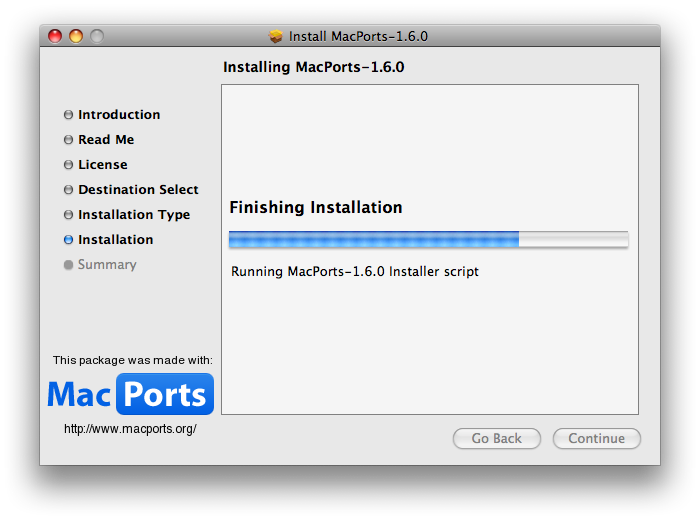

- #MACPORTS UPDATE ALL HOW TO#
- #MACPORTS UPDATE ALL INSTALL#
- #MACPORTS UPDATE ALL UPGRADE#
- #MACPORTS UPDATE ALL SOFTWARE#
- #MACPORTS UPDATE ALL DOWNLOAD#
Commandline Tools installed ( SDK higher 11).

The installation takes place via latest MacPorts. In another later tutorial I will dive deeper into macOS, HackRF ONE and GnuRadio ( gnuradio-companion), but not yet. This time it’s about installing HackRF One binaries on the macOS Big Sur.
#MACPORTS UPDATE ALL INSTALL#
$ sudo port install gqrx Steffen Lorenz Gqrx, Gqrx SDR, HackRF One, macOS, MacPorts, Python, XQuartz Install HackRF One on macOS (Big Sur) # install gr-fosphor (needed by gnu radio) Here if you will try via MacPorts: # install gr-osmosdr (incl hackrf + gnu radio)

Of course Xquartz is also needed for MacPorts. If you consider the time ( download/installation) compared to the MacPorts installation ( download/build/installation), a time gain. Also the startup of GNU Radio ( inside XQuartz) takes always some few seconds. It’s a quite big application, so please be patient while processing.
#MACPORTS UPDATE ALL DOWNLOAD#
Look for the version Python 3.7! Any version below will not work.įinally, at the last step, we can start to download and install GNU Radio. The third step also requires a download and installation. As soon the installation was successful, you can connect and use the HackRF One. Therefore download and install the precompiled binary from Gqrx. Download the latest DMG, run the installation and logout/login from your system.Īs already mentioned, Gqrx ( at least for me) cannot installed on Big Sur via MacPorts. If you need first to install HackRF One on macOS, please have a look here.įirst download and installation starts with XQuartz. In this tutorial I would like to show you the installation ( Gqrx & GNU Radio). I did not give up and found a working solution for me ( my HackRF One) and these two needed tools.
#MACPORTS UPDATE ALL HOW TO#
I’ve written an extensive guide on how to automatically configure your macOS for web development.I’ve tried many times and different ways but the installation of Gqrx and GNU Radio on macOS Big Sur via MacPorts failed always. Note: it’s also possible to automate this process and install your favorite packages using a framework like Ansible. Therefore we use aliases to simplify extensive commands in order to update your packages in a single command. These package managers allow you to run various commands which can be complicated to remember. To summarize, you need to install a package manager like homebrew or pip to install packages on your macOS. Once your Shell configuration has been updated, you can run the following command to update all the packages on your macOS system: update Conclusion Note: If you’d rather not update to the latest Pip packages, you can also decide to only update the Pip packager by: pip install -upgrade pip setuptools wheel
#MACPORTS UPDATE ALL UPGRADE#
zshrc config with the following alias: update='brew update brew upgrade brew cu -ay brew cleanup pip install -upgrade `pip list -outdated | awk 'NR>2 '` – Outputs the installed Pip packages that are currently outdated and upgrades them using pip install -upgrade. bash_profile and ZSH users should update the. We’re going to combine a couple of update commands in a single alias and install that in your Shell configuration.īash users should update.
#MACPORTS UPDATE ALL SOFTWARE#
Now comes the fun part! You’ve installed both package managers to install the software on your Mac. Update your macOS packages with a single command I would recommend using virtual environments when you’re working on Python projects to install your Pip packages. Installing new Python packages is as easy as: # Install Pylint To install Pip for your current Python version or virtual environment we make sure to bootstrap it using ensurepip: python -m ensurepip If you’re a Python developer like me, you’re likely already using this to manage your Python software. Pip is the equivalent of Homebrew but then for Python packages. When you installed Homebrew, you also gained the ability to install macOS applications using brew cask: # Install Google Chromeīrew cask install google-chrome Install Python Pip on macOS Installing a new package is as easy as: # Install wget The same goes for updating your packages. The advantage of having a package manager is that you don’t have to visit the vendor’s website in order to download and use their software. Homebrew is a package manager that allows you to easily install software on your macOS using the Command Line Interface (CLI). Run the following command in your terminal: /bin/bash -c "$(curl -fsSL )" Update your macOS packages with a single commandįirst things first, we’re going to install the Homebrew.


 0 kommentar(er)
0 kommentar(er)
